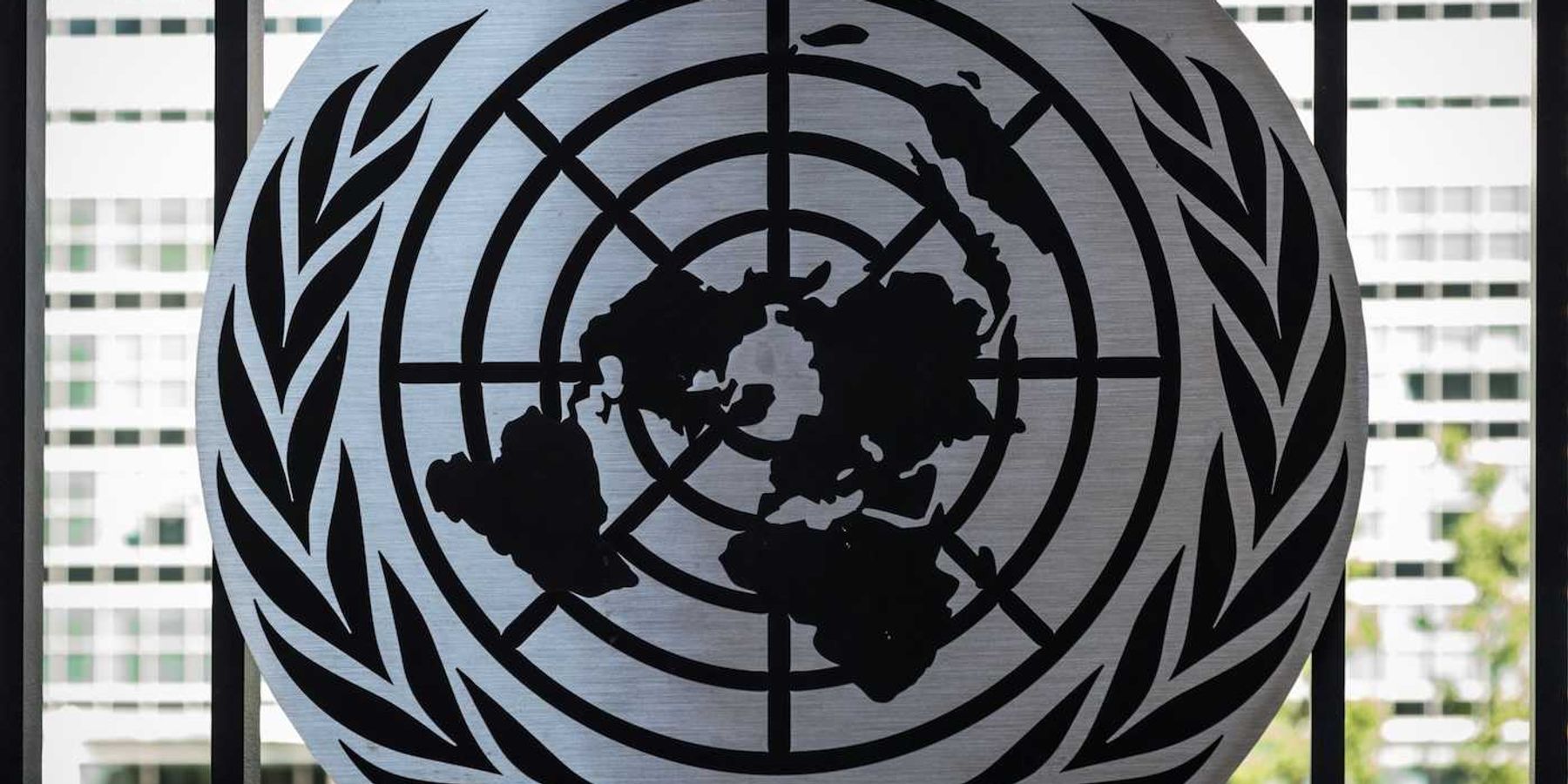EPA again blocks Colorado air pollution permit for Suncor
The Colorado Sun writer Michael Booth reports that the regional EPA office agrees with Colorado air pollution officials’ demands for changes at Suncor in Commerce City.
In a nutshell:
The EPA's Denver regional office is once again halting the renewal of a state air pollution permit for the Suncor refinery in Commerce City, responding to objections from environmental groups that demand stricter regulation on carbon monoxide dangers and past plant modifications. Suncor has a history of air and water pollution violations, and the EPA's decision demands state officials to address these concerns before issuing a revised permit. Environmental groups such as Earthjustice welcome the scrutiny and believe the state should intensify its efforts to address carbon monoxide dangers.
Key quote:
“Improving air quality for the underserved communities affected by harmful air emissions from the Suncor refinery is a shared priority for EPA and CDPHE,” said EPA Regional Administrator KC Becker.
The big picture:
Refineries like Suncor's have faced increased scrutiny due to concerns about their pollution effects, including the release of hazardous materials into the air and water of nearby communities. Environmental groups and residents have raised valid questions about the impact of these industrial facilities on public health and the environment, emphasizing the need for ongoing monitoring and stricter regulatory measures to address pollution issues effectively.Read more at The Colorado Sun.
Are air quality regulations keeping communities polluted? Meg Wilcox argues that tackling cumulative exposures, rather than one pollutant at a time, is key to correcting environmental injustice, experts say. But progress remains too slow in the most affected neighborhoods.













